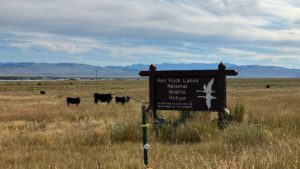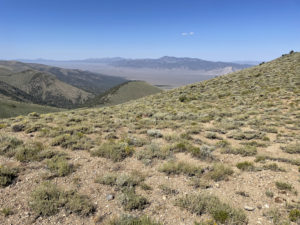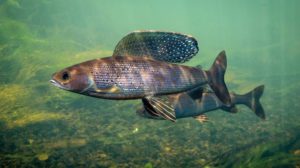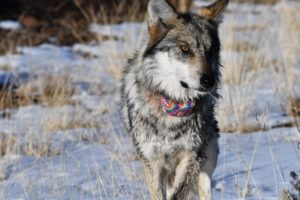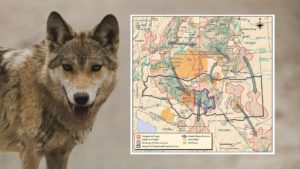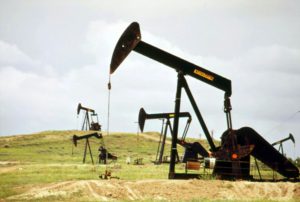Protection of large core areas in the Canyonlands is necessary for landscape level conservation of sage grouse and other sagebrushobligate species. The sagebrush West needs large-scale, landscapelevel conservation focused on healing livestock-damaged lands, restoring habitat connectivity and protecting imperiled biological systems.
Despite its billing as an innovation, the central accomplishment of the Owyhee Initiative would be to perpetuate and expand the supremacy of grazing in the Owyhee. Here and elsewhere across the sagebrush sea, the land cannot begin to mend, let alone be restored, until livestock grazing damage is ameliorated. That would be true innovation.
Of what value is Wilderness designation if the land is devoid of birdsong, robbed of its wildness by a monoculture of alien plants and bovine invaders?
Many of today’s wilderness advocates point to the acute urgency of gaining wilderness protection, and there is no denying that anti-wilderness sentiment dominates in the current government. Yet in our view, quid pro quo wilderness has such serious and far-reaching implications – in policy and on the ground – that the wisdom of further reinforcing these precedents must be examined sooner rather than later. Wilderness advocates could begin by reacquainting themselves with the cause of protecting all public lands, wilderness and non-wilderness alike, and with the less compromising methods of the past.
